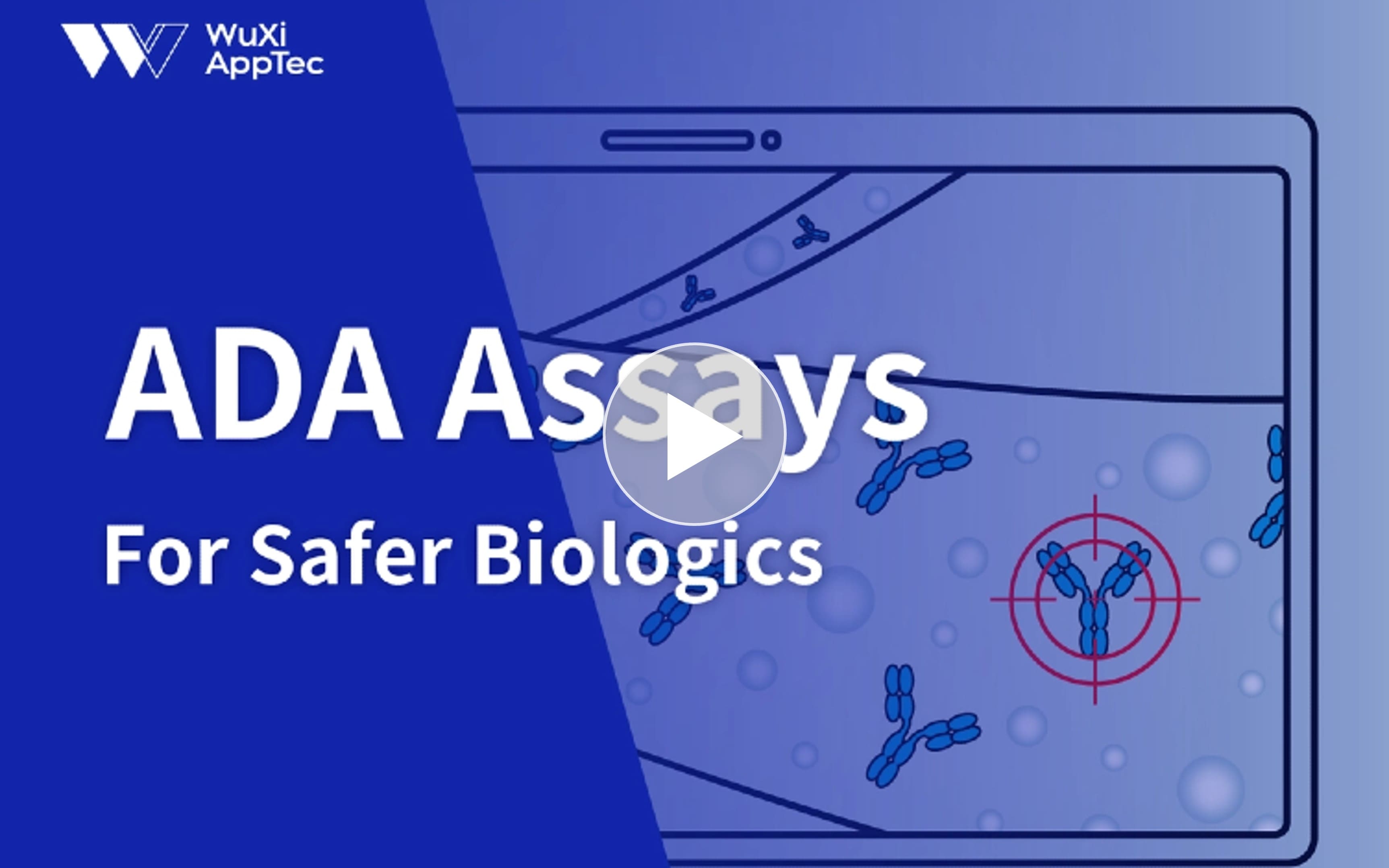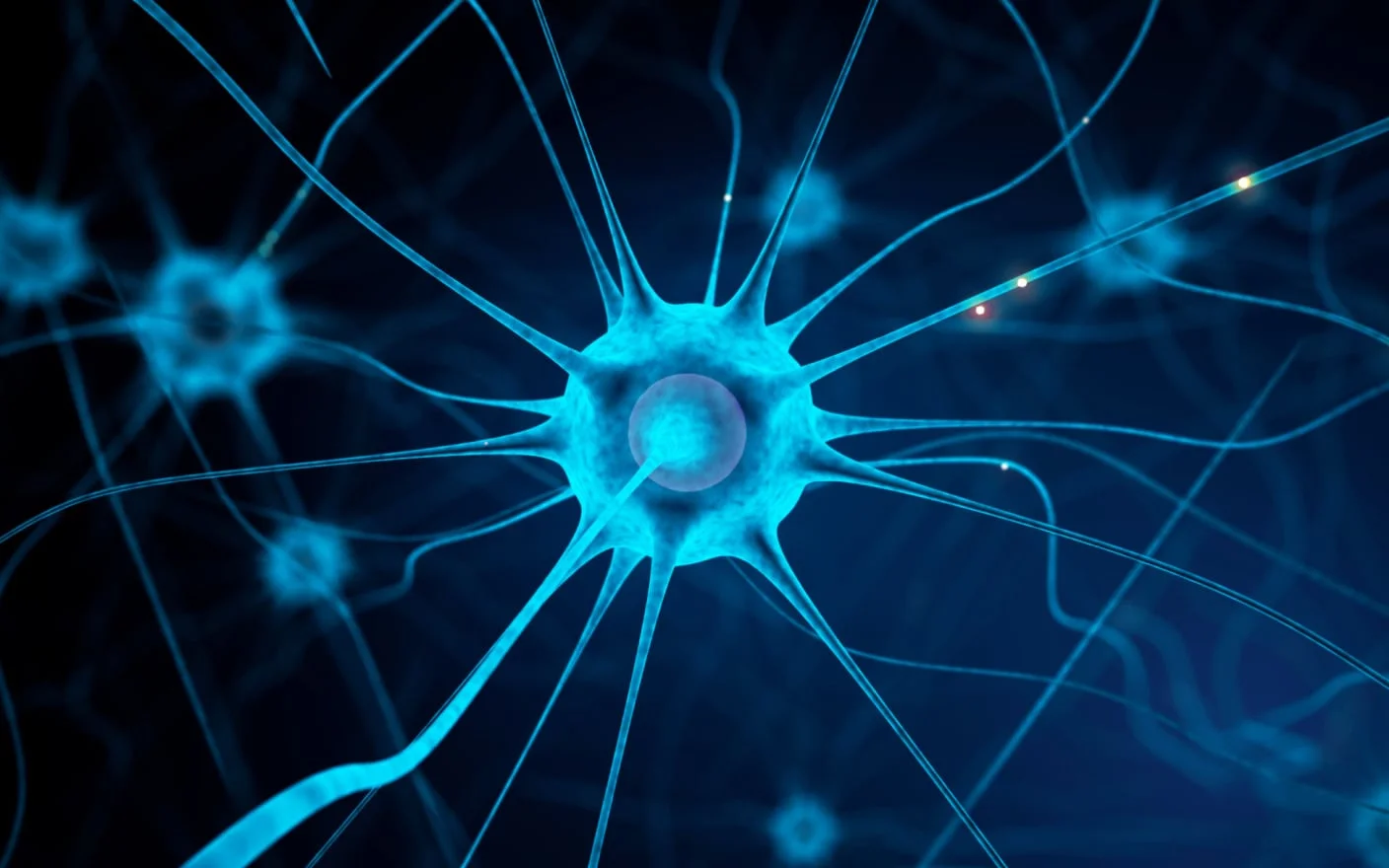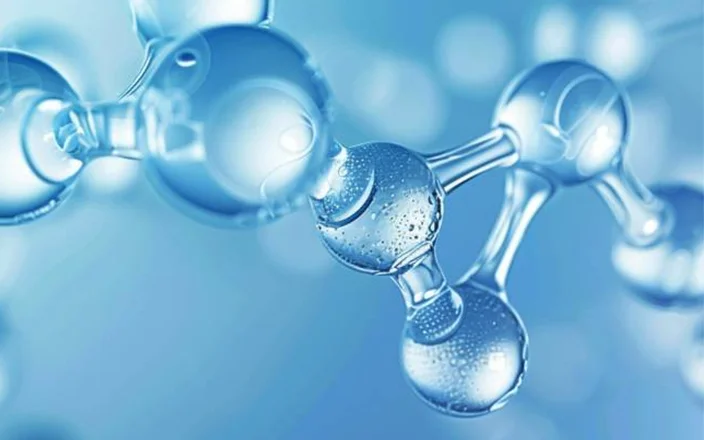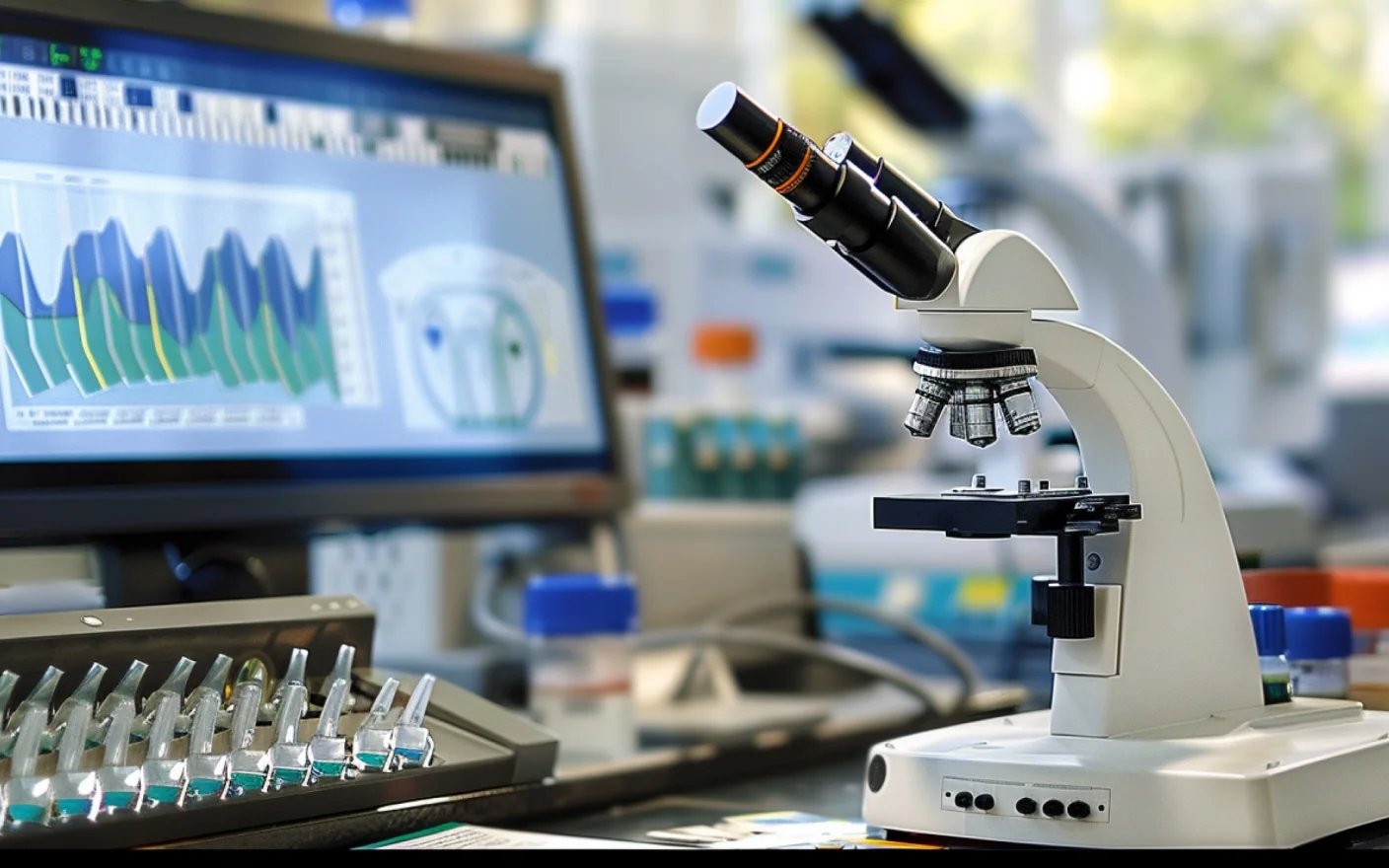The American Society for Mass Spectrometry (ASMS) was formed in 1969 to promote and disseminate knowledge of mass spectrometry and allied topics. Membership includes over 8,500 scientists involved in research and development. Members come from academic, industrial and governmental laboratories. Their interests include advancement of techniques and instrumentation in mass spectrometry, as well as fundamental research in chemistry, geology, forensics, biological sciences and physics.
ASMS sponsors the Annual Conference on Mass Spectrometry and Allied Topics that is attended by more than 6,500 scientists. Over 3,000 papers are presented as posters and talks.
Our posters
Other Resources
-
Our posters
-
Other Resources
-
An Efficient and Environmental Friendly Method for the Determination of Nucleoside Phosphate Compounds by Using LC-MS/MSBioanalytical Strategy for Payload-Related Species of Antibody Drug Conjugates (ADCs) with LC-MSDevelopment of a High-throughput and Cost-effective Method for Experimental Polar Surface Area Measurement with Ultra-Performance Convergence Chromatography Tandem Mass SpectrometryOptimization of Sample Pretreatment Methods for the Determination of an Oligonucleotide by Using LC-MS/MSAn LC-MS/MS Method for Separation and Quantification of Chiral MoleculesA Robust LC-MS/MS Method for the Detection of Covalent Drugs in Mouse BloodAn Ultra High-Throughput Method for 13C6-Fructose-6-Phosphate in Cells Using Acoustic Ejection Mass Spectrometry (AEMS)A Novel Validated LC-MS/MS Method for the Determination of Survodutide in Mouse LiverConstruction of a UPLC-UPC2-MS/MS PlatformOptimization of the LLOQ for Exatecan, a Widely-Used Antibody Drug Conjugate (ADC) PayloadBioanalytical Strategy for Quantitative Conjugated Payloads of Antibody-Drug Conjugates (ADCs) with Cleavable LinkerView More
-
-


Practical Derivatization Approaches for LC‑HRMS Metabolite Profiling
ArticlesDec 30,2025 -


Rapid and Reproducible Dibutylation Derivatization Coupled with Ultra-High Performance Liquid Chromatography-Tandem Mass Spectrometry for the Simultaneous Determination of Dopamine, Norepinephrine and 5-Hydroxytryptamine in Rat Brain Microdialysates
PublicationsDec 30,2025 -


Unveiling Immunogenicity: Precision Anti-Drug Antibody (ADA) Assays Empower Safer Biologic Drug Development | DMPK Frontiers
VideosDec 24,2025
-
Stay Connected
Keep up with the latest news and insights.
Submission successful!
We will send you an email with all the posters from this conference once they are ready. Thank you!
-
ok

















